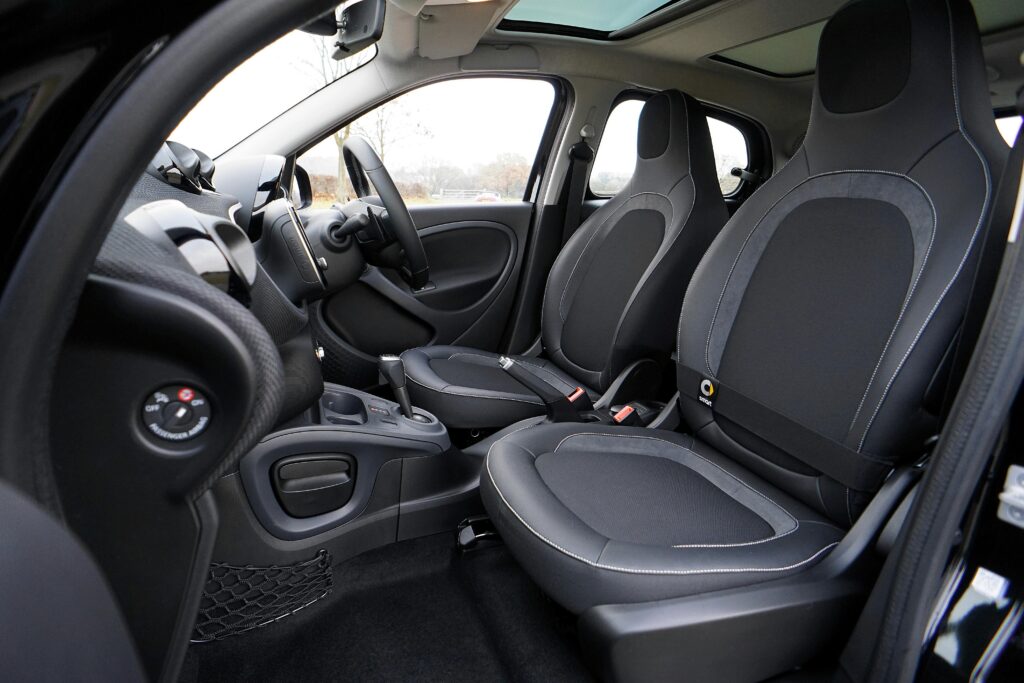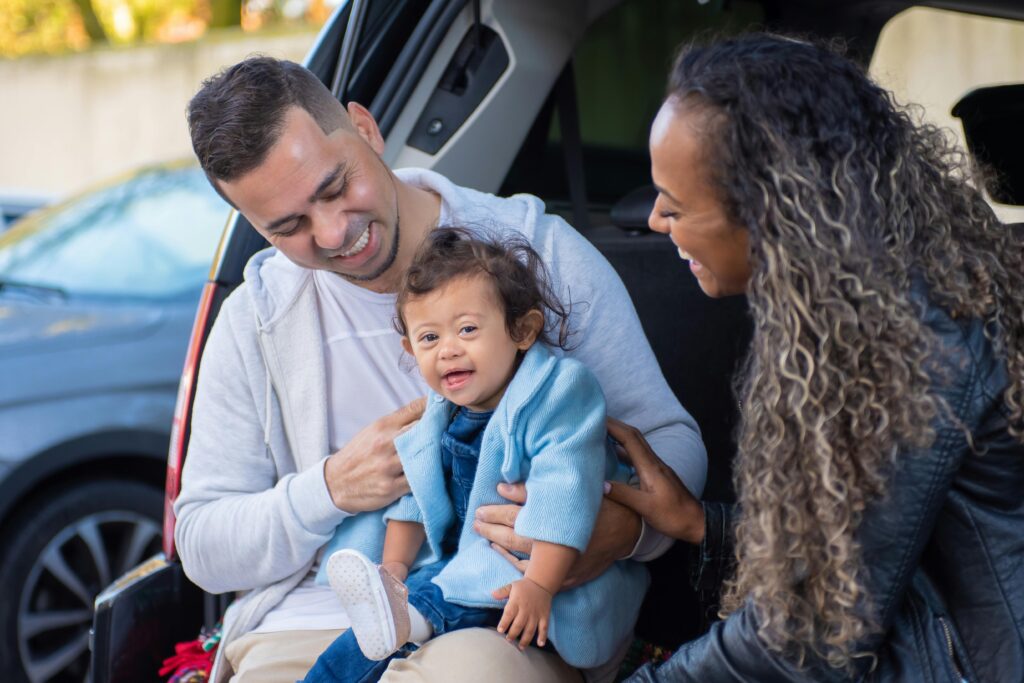All parents and guardians have the utmost concern for the safety of their young passengers. The correct use and installation of car seats is one of the most important aspects of kid safety in a vehicle. In order to maximize kid safety on the road, this article explores the significance of selecting the appropriate car seat and the crucial procedures for correct installation.
Why Safety in Car Seats Is Important
Children are primarily injured and killed in car accidents. The National Highway Traffic Safety Administration (NHTSA) states that using car seats can lower a child’s chance of dying by 71% for newborns and 54% for toddlers. Despite these figures, there are still many instances of incorrect installation or use of car seats, which reduces their ability to effectively safeguard kids.
Selecting the Appropriate Car Seat
The age, weight, and height of the child must be taken into account when choosing the right car seat. Based on these variables, car seats come in three primary categories, each intended to provide a certain level of protection.
Car Seats That Face the Back: These are safe for young children and babies alike. Children should stay in a rear-facing seat until they reach the manufacturer’s maximum height or weight limit, according to the American Academy of Pediatrics (AAP). In the event of an accident, this posture offers the best protection for a child’s head, neck, and spine. The danger of major injuries is decreased when a child rides in a rear-facing car seat because it is made to cradle their body and absorb shock from a crash.
Forward-Facing Car Seats: A child can move from a rear-facing seat to a forward-facing seat with a harness if they are old enough. Depending on their height and weight, children up to the age of seven can use these seats. The harness mechanism of forward-facing car seats binds the kid and disperses crash forces across a broader body region, providing improved head and upper body protection.
Booster Seats: When a youngster outgrows the forward-facing seat, booster seats are employed. With these seats, the child’s lap and shoulder are properly covered by the seat belt of the car. Until they are tall enough to fit comfortably in a seat belt—typically between the ages of 8 and 12 and standing 4 feet 9 inches tall—children should use a booster seat. By elevating the youngster, booster seats lower the risk of neck and stomach injuries by ensuring that the seat belt fits securely over the child’s stronger body regions.

Installing Car Seats Correctly
For a car seat to be effective, it must be installed correctly. Key actions for a successful installation are as follows:
Examining the Instructions: Always read the owner’s manual and the manual for the car seat. Instructions and suggestions may differ for every car seat and vehicle combination. The first step to guaranteeing correct installation is familiarizing yourself with these instructions.
Evaluating Fit: Make sure the car seat is securely installed in your car. Certain car models may not be compatible with all car seats. Make sure the seat fits snugly and remains still in all directions for at least an inch. In the case of an abrupt halt or collision, a snug fit guarantees that the car seat stays in place.
Employing the Appropriate Technique: The seat belt on the automobile and the LATCH (Lower Anchors and Tethers for Children) system are the two main ways to fasten a car seat. When used properly, both are equally safe, but unless the car seat manufacturer permits it, never use both at the same time. Instead than utilizing the seat belt that comes with the car, the LATCH system uses built-in anchors and tethers to simplify installation.
Making Sure the Angle Is Correct: Make sure the car seat is correctly angled, particularly if it is rear-facing, to prevent the child’s head from falling forward. To assist you in setting the proper angle, the majority of car seats include adjusters or angle indicators. A seat that is appropriately tilted supports the child’s head and neck, avoiding blockage of the airway.
Placing and Adjusting the Harness: For rear-facing seats, the harness should be at or below the child’s shoulders; for forward-facing seats, it should be at or above. Enough material should not be able to be pinched at the child’s shoulder by the harness. Tight harnesses keep kids safely fastened while distributing impact forces more equally throughout the body.
Making Use of the Top Tether: Always use the top tether to fasten a forward-facing seat. In an accident, the child’s forward motion is lessened by the top tether. It adds an added degree of security by attaching to an anchor point in your car.

Common Mistakes and How to Avoid Them
Loose Harness Straps: Straps ought to be sufficiently tight so that your fingers cannot be pinched together. In a crash, a youngster wearing loose straps may be able to move around too much and sustain more injuries.
The wrong position for the chest clip: The chest clip shouldn’t be too high or low; it should be at armpit level. The harness straps stay over the child’s shoulders thanks to a strategically placed chest clip.
Utilizing Used or Second-Hand Automobile Seats: Car seats typically have an expiration date of six to ten years from the date of manufacturing. If you don’t know the whole history of used seats and they haven’t been in any accidents, steer clear of them. Over time, materials may deteriorate and lose their effectiveness in a car seat.
Incorrect Installation Angle: Make sure the backward-facing seats are positioned at the proper angle of recline. To assist with this, angle indicators are typically integrated into seats. A wrong angle can endanger the child’s head and neck protection.
Making a Transition Too Soon: As long as a child fits within the height and weight restrictions specified by the manufacturer, keep them in each stage of a car seat. If a youngster is moved to the next stage too soon, their level of protection may be diminished.
Conclusion
It is impossible to exaggerate the significance of choosing and installing car seats correctly. In the event of a car accident, parents and guardians can greatly lower their child’s risk of harm or death by adhering to the rules and making sure proper usage. Young passengers can be kept as safe as possible on the road by routinely inspecting the car seat’s installation and staying current with safety guidelines. By following these guidelines, you may be secure in the knowledge that you are doing everything within your power to keep your child safe in addition to adhering to safety requirements.


